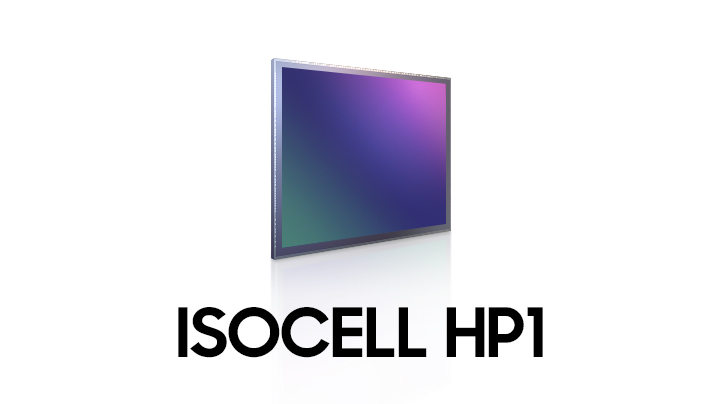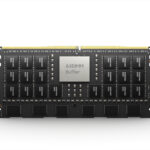ASIA ELECTRONICS INDUSTRYYOUR WINDOW TO SMART MANUFACTURING
Samsung Unveils Two Breakthrough CMOS Technologies -200MP and All-directional AF
Samsung Electronics Co., Ltd. unveiled two ground-breaking CMOS image sensor chips, blazing a new trail to what the chipmaker said is the industry’s highest resolution and fastest ever auto focusing technologies.
The world’s second largest CMOs images sensor chip maker took wraps off ISOCELL HP1, and ISOCELL GN5.
The ISOCELL HP1 is the industry’s first 200-megapixel (MP) image sensor that contains ultra-tiny 0.64μm pixels. The chip is a sort of self-adjustable cell structured CMOS image sensor chip that can double as a 12.5 megapixel or MP sensor in low light environment to absorb more of light to compensate the dim-lit light condition.
At the heart of the chip is Samsung’s indigenous ChameleonCell pixel-binning technology that uses a two-by-two, four-by-four or full pixel layout varying from lighting conditions.

Adjustable
When users try to shoot in a low-light or dimly-lit environment, the technology merges neighboring 16 pixels of 0.64μm footprint to virtually create one single pixel of 2.56μm footprint in a two by two, four-by-four layout to double a 12MP sensor.
The newly formed 2.56μm pixel is capable of absorbing more of lights and so becomes more light-sensitive, producing brighter and clearer photos in in-doors or in the evening.
In bright outdoor environments, the sensor’s pixel layout is readjusted into a full pixel layout structure to work as a 200 million pixel-rich sensor chip, capturing ultra-high-definition photography on mobile devices.
The ISOCELL HP1 can take 8K videos at 30 frames-per-second (fps) with minimum loss in the field of view. The HP1 merges four neighboring pixels to bring the resolution down to 50MP or 8,192 x 6,144 to take 8K (7,680 x 4,320) videos without the need to crop or scale down the full image resolution.

All-directional AF
The ISOCELL GN5 is the industry’s first image sensor to adopt all-directional focusing Dual Pixel Pro technology with two photodiodes in a single 1.0μm pixel.
This technology places two photodiodes, the smallest in the industry, within each 1.0μm pixel of the sensor either horizontally or vertically to recognize pattern changes in all directions.
With one million phase-detecting multi-directional photodiodes covering all areas of the sensor, the ISOCELL GN5’s autofocusing becomes instantaneous, enabling sharper images in either bright or low-lit environments.
The image sensor also makes use of Samsung’s proprietary pixel technology, which applies Front Deep Trench Isolation (FDTI) on a Dual Pixel product for the first time in the industry.
Despite the microscopic photodiode size, FDTI enables each photodiode to absorb and hold more light information, improving the photodiodes’ full-well capacity (FWC) and decreasing crosstalk within the pixel.




